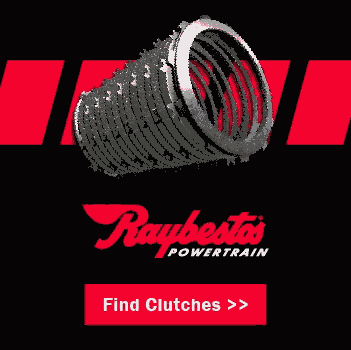Torque Converter Welders

What are you looking for?
Welding stand is a basic element of the Torque Converter rebuild line. Almost all modern models of welding stands are automated. They are designed and implemented with due account to all nuances which can arise in the process of welding of the two halves of a Torque Converter. Precision provided by modern welders is comparable to that of the original manufacturers. Most popular components for replacement are friction linings, O-rings and seal rings. Hubs, sprags and springs are replaced less often. It is important to restore Torque Converters with precision and accuracy in key tolerances for runout and end-play.
Convenient control of all welding process when restoring Torque Converters is guaranteed with one-touch operator panel. In order to replace an impeller hub transmission specialists use a special tooling kit.
Instruction manuals and useful links Suggest your link
| Link type | Source | Description |
|---|---|---|
| TCRS | TCRS Single Gun Torque Converter Welder instruction manual |



